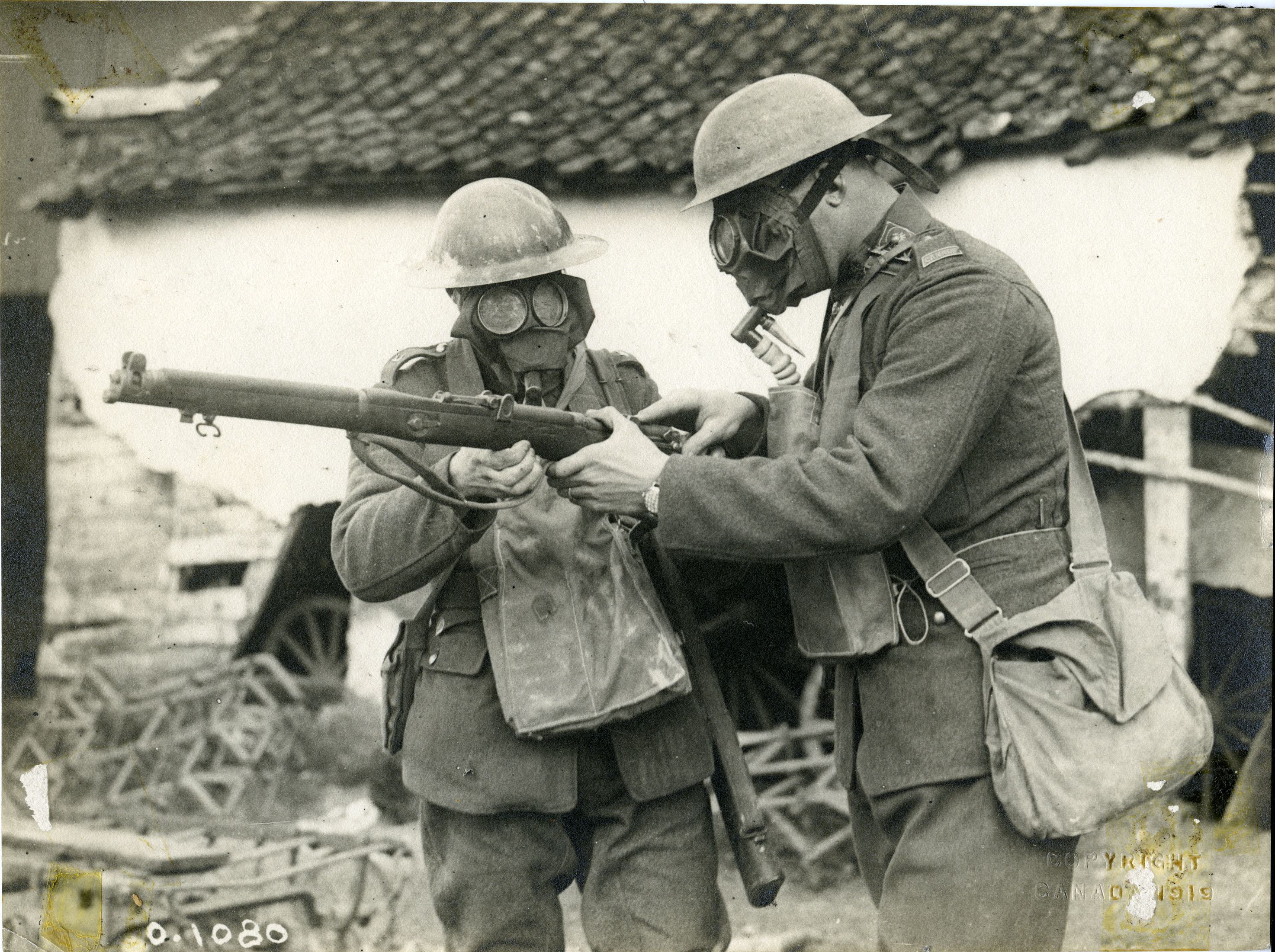As the summer of 2015 draws to a close, almost everyone will be reflecting back over the past few months and reminiscing about the kind of summer they have had. It is also interesting to look back 100 years and see what the summer of 1915 was like.
One of the biggest events of the summer of 1915 was the province-wide vote on Prohibition. This measure was one of the most momentous pieces of social legislation ever attempted in North America. Prohibition had been the goal of temperance and social reform groups for at least two generations. Now it was to become a reality in Alberta.
The outbreak of the First World War in August 1914 had provided a major boost to the temperance movement. With young men sacrificing so much to serve King and Country overseas, people felt that they should make sacrifices at home as well. Refraining from the consumption of alcohol seemed one way to do that.
Support for Prohibition in the provincial plebiscite was decisive across almost all of Alberta. Nearly two-thirds of Albertans voted for the measure. In Red Deer and across Central Alberta, support was even more massive. The ‘Dry’ vote exceeded 80%.
Despite this very strong endorsement by the electorate, implementing such a far-reaching measure to change and control human behavior was complicated. Hence, the legal implementation of Prohibition was delayed until July 1st, 1916.
Meanwhile, the Great War overseas raged on. The Second Battle of Ypres was devastating. Canadians entered that terrible struggle in Flanders in the spring of 1915, shortly before the Germans used poison gas for the first time as a weapon of mass destruction.
The first victims were largely French soldiers in the Territorial, Moroccan and Algerian units. The men had never faced poison gas before. Most of those who survived the initial attack fled for their lives.
The soldiers of the First Canadian Division, who were seeing active combat for the first time, were given the job of holding the line and closing the gap in the Allied defenses. They took the extreme emergency measure of using cloths drenched in urine to counter the effects of the gas. Nevertheless, the Canadians suffered a horrific casualty rate of 75% from the gas and the intense combat that followed.
Another cloud of chlorine gas was then released on the Canadians who were trying to defend the village of St. Julien. Despite horrific casualties, the Canadians once again managed to stop the expected German breakthrough. Consequently, the Canadians earned a reputation of some of the very best frontline combat troops on the Western Front.
Like the rest of the country, Red Deer and Central Alberta were struck hard by the consequences of this unbelievably savage fighting.
The local newspapers were soon filled with the names of the dead and wounded. Of the 11 men who had enlisted in the summer of 1914 from the Pine Lake district southeast of Red Deer, half were reported as being killed.
In early August, services of commemoration were held on the first anniversary of the outbreak of the War. However, unlike the great patriotic glee which had greeted the word of War in 1914, now there was great sadness at the public gatherings. People were proud of what the Canadians had accomplished in their first major battles. That was now heavily tempered by the realization of the terrible costs which came with those victories.
Still, day-to-day life went on. The usual summer events were held. The annual Sylvan Lake regatta on July 28th was a huge success with more than 700 people, more than twice the population of the village, attending.
However, attendance at the annual Red Deer Fair, from Aug. 17th to 19th, was noticeably down. Nevertheless, this reduced attendance was still better than what the Fair Board had feared. Most importantly, the exhibition and accompanying horse races made a tidy profit, no small feat in the increasingly cash-strapped wartime economy.



